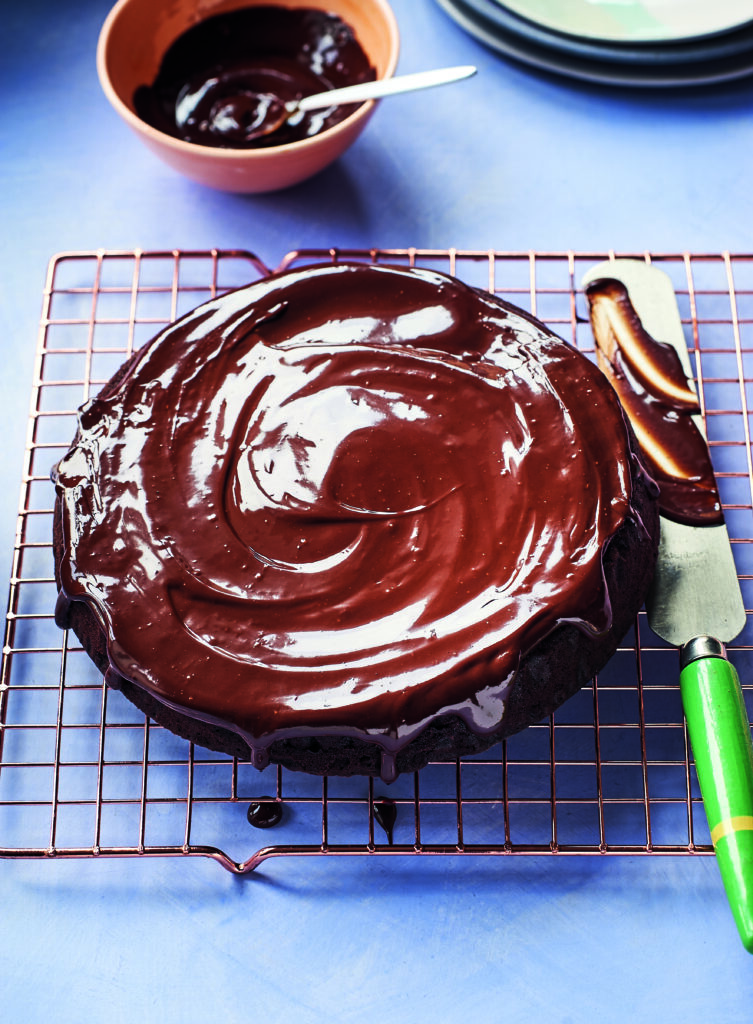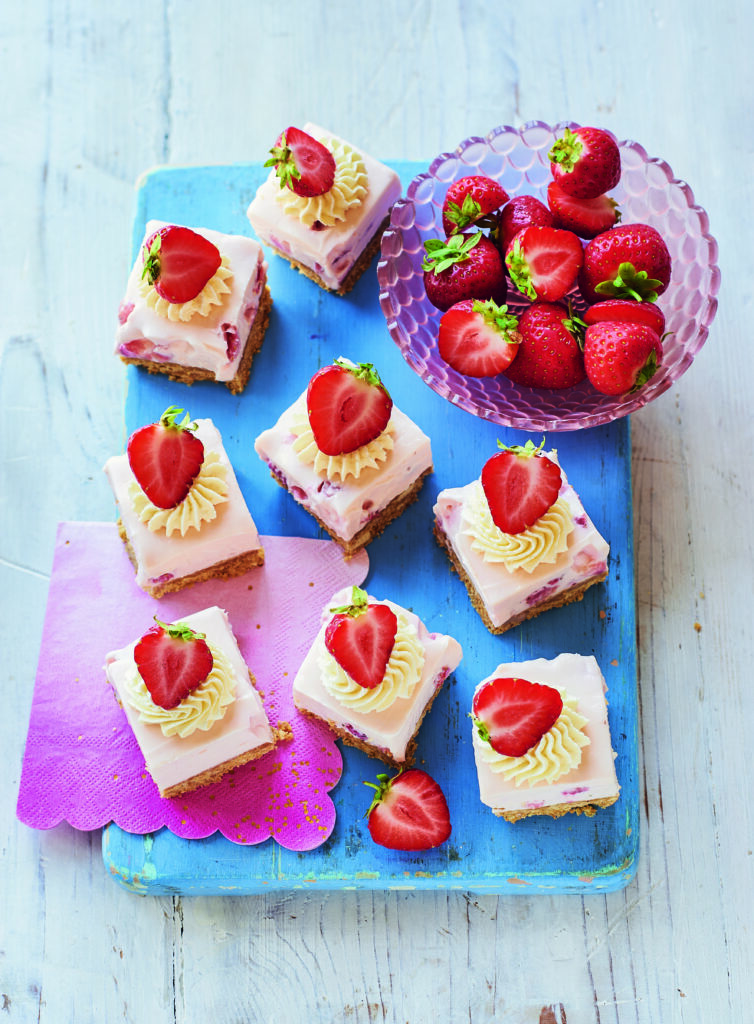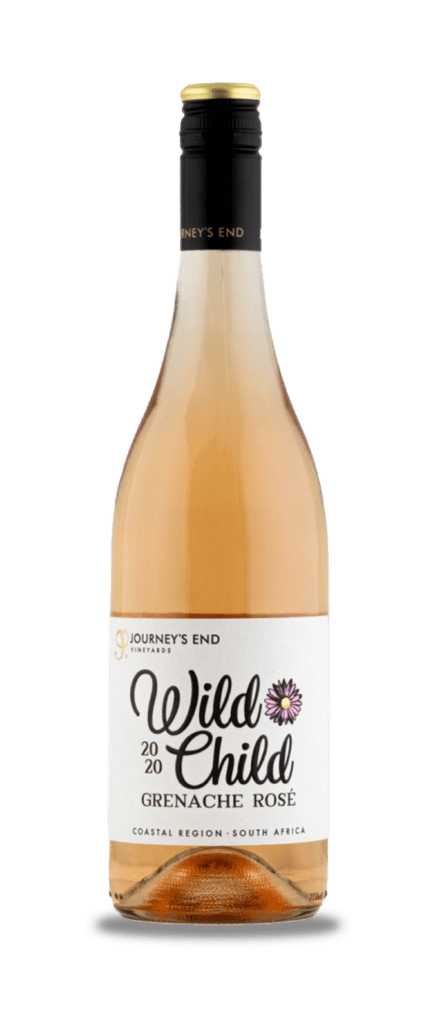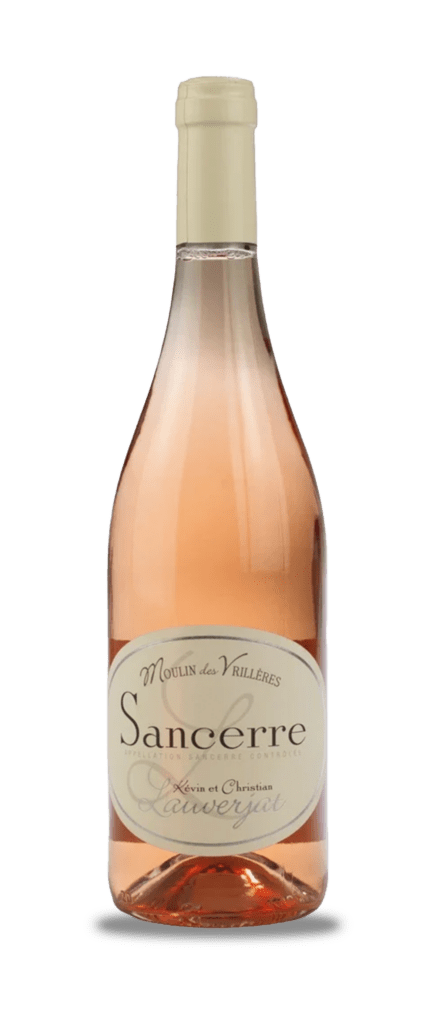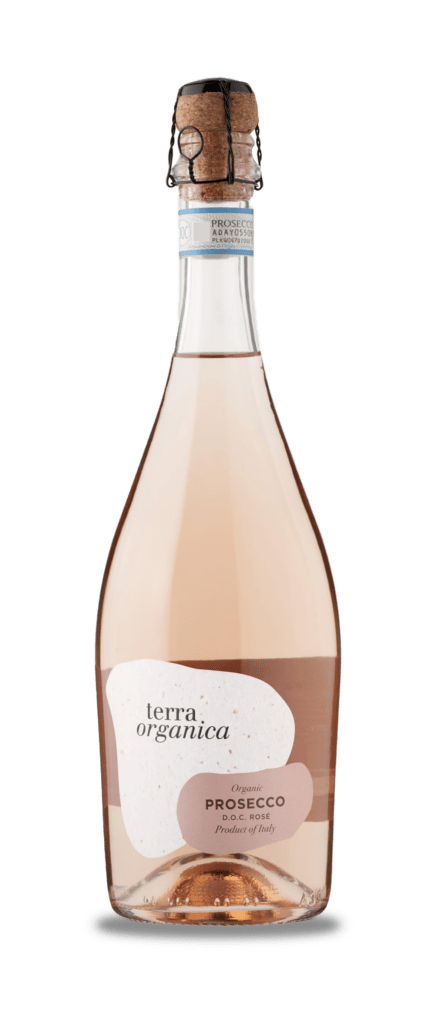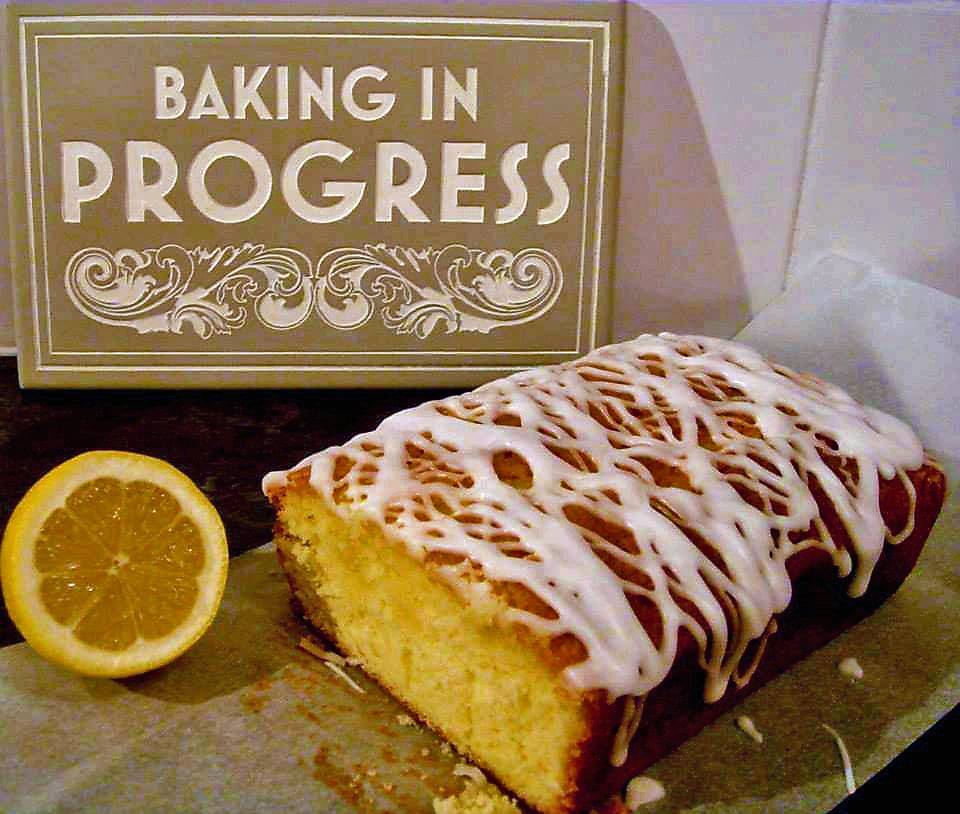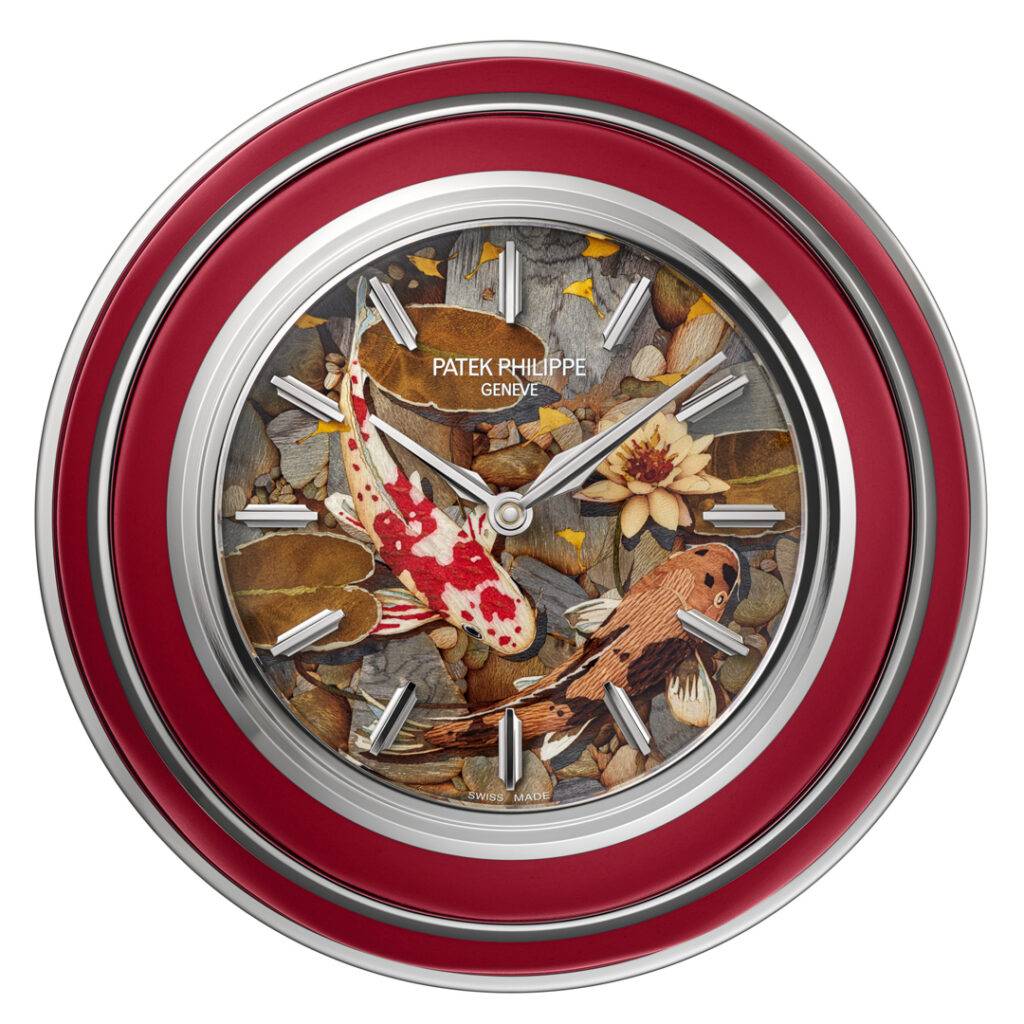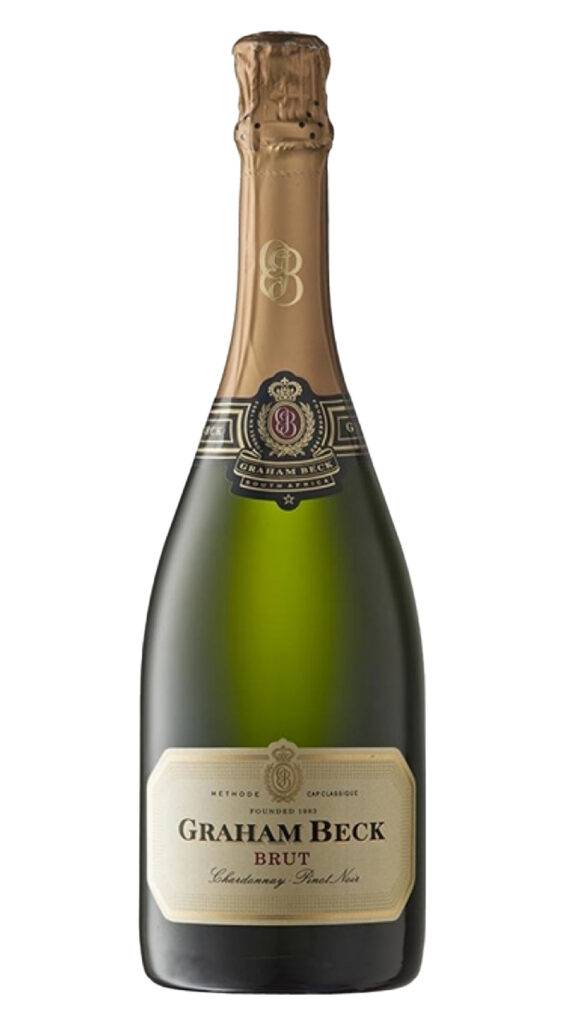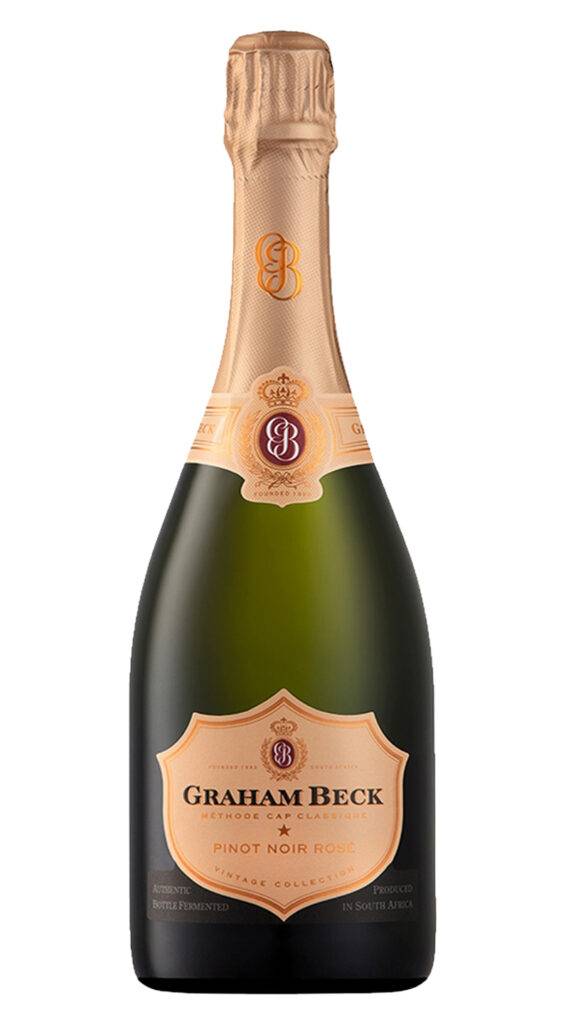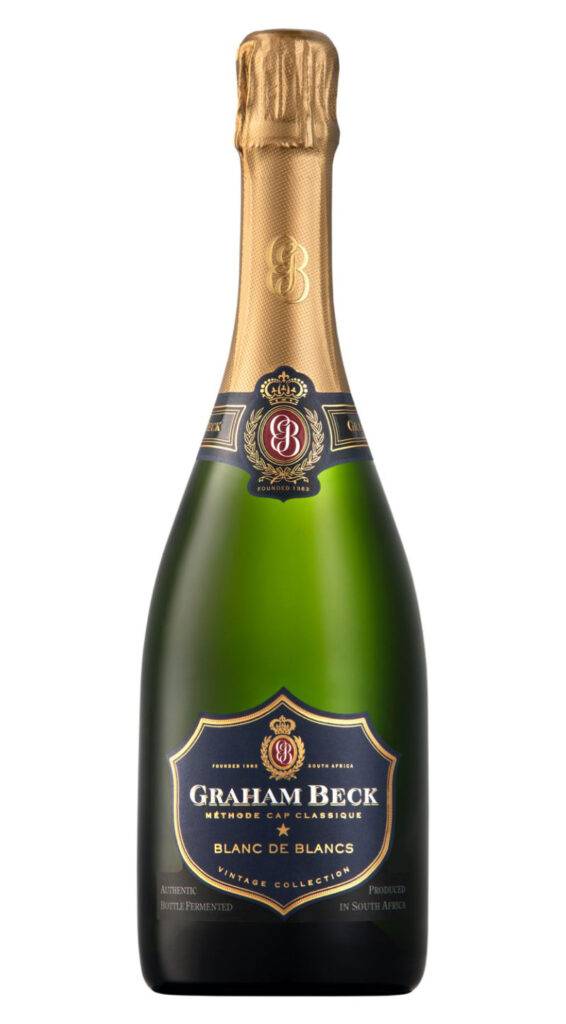Liz Nicholls chats to Sharron Davies MBE as she looks forward to The Olympic Games – her 13th – starting later this month in Paris
Watch & listen to Liz Nicholls catch up with Sharron Davies on our podcast, Spotlight: The Diary for the South East, OUT NOW on YouTube.
Q. Hello Sharron! Who are your Team GB ones to watch?
“Well they’ve got a tall order because Tokyo was the most successful Olympic games for the British swimming team for 100 years. So it’s going to be very tough for them to be as successful but I expect them to be very close to it because they’ve got a very strong team, particularly the men. Adam Peaty seems to be back on track which is good news for the British team because what happens on day one sets the tone. We also have Tom Dean and Duncan Scott. Daniel Wiffen stands a very good chance in the 200m – we like to see the Irish doing well, too, don’t we? The girls are going to have it a little bit tougher. They had good trials and we have a couple of world champions going into this with Laura Stevens and Freya Colbert. But I think the Canadians, Americans and Australians will bring another level.”
Q. Will you be in Paris for the whole games?
“Yes, I’ll be poolside covering the swimming throughout and then I’ve wangled a couple of days at the end to see a bit of track and field with my 17-year-old. This will be my 13th Olympic Games! I entered my first junior international a 11 and my first Olympics at 13.”
Q. You were great as Amazon on Gladiators! Do you watch much TV?
“I do: mostly live sport and Netflix. And, most people don’t know this about me but I’m a big Star Trek fan! I love anything that depicts us living in harmony, all shapes and sizes from all sorts of places. I love the idea we might be able to do this one day.”
Q. Who were your heroes growing up?
“The Mirror used to fly in swimming superstars. I met Johnny Weissmuller & Shane Gould. And I remember watching Mark Spitz with his famous moustache & seven medals. Also David Wilkie, who sadly died recently, was a great inspiration to me and, later, a friend. I have many female heroes. We appear to be living in a much more misogynistic world right now & those pushing back for fair & equal opportunities for our girls I admire on a daily basis. I can’t say I even thought of myself as a feminist until recently, but regressive stereotypes & social media are making life much harder for young females.”
Q. Where do you like to swim?
“Aha, well I don’t swim often these days because swimming has ruined my shoulders! Swimming wears your rotator cuffs out – that’s our injury. If I’m on holiday and I’m on a beach and it’s lovely, I’m in the water but I don’t use swimming to keep fit. I’m cycling or in the gym four times a week.”
Q. What tips would you give anyone who wants to get fit & healthy?
“It’s never too late! You can make a radical difference with tweaks. It’s all about consistency, mobility, your core. We need to put a little stress on our joints as well, particularly as women, to avoid osteoporosis. Silly stuff like climbing stairs instead of escalators or lifts. Just do all of those things automatically. My dad is 88 and I always say to him, whether you’re getting on and off your sofa to do two squats every single time. And when you’re there making your cup of tea, stand on one leg. Obviously hold on to something supportive if you need but balance as we age is really important because once you start to get into your 80s, if you fall over and break a hip, it’s massive. And that’s all down to core stability and balance and we don’t tend to look after that. What’s really interesting is that Japanese people have hardly any of the hip issues we have because they’re constantly getting up and down off the floor so their core stability is so much better than ours.”
Q. What about eating, Sharron? Is there anything you do or don’t eat?
“There’s nothing that’s off the agenda, I just tend not to eat unhealthily regularly and I would say little tips like making sure you eat colourful food works really well. Nearly all beige and bland food isn’t good for us. Processed sugar is the devil and it creeps into everything these days, especially ready meals! I don’t drink very much, never have. I’ve never smoked. I’m a morning person so I go to bed reasonably early and like to be up and get going – I think that’s a knock-on of having to get up at 5am for training from such a young age! Alcohol has hidden calories which are easy to forget about. And try not to eat really late as well. It’s slowing your metabolism down filling your belly and going to bed is not good for your digestive system.”
Q. Do you still love dogs?
“Yes, we’ve got two: Flash the blind Basset Hound is very unflash; my son named him! And Ed the dachshund.”
Q. You’re a grandmother now aren’t you?
“I am – that’s who I’m out with today. I’ve got a granddaughter who’s four and a grandson who’s four months. It’s a cliché but it’s so much easier than being a mum because you can just hand them back. I love it! I often have Ariya on a Friday and it’s my favourite day of the week. We live in a very fast world and we often don’t live in the moment. When I’m with my granddaughter I have to live in the moment. She wants me to draw pictures with her and throw a ball and do all sorts of innocent things. You have to put your mobile down and turn the TV off and give them a bit of time and effort – that’s really all they want.”








